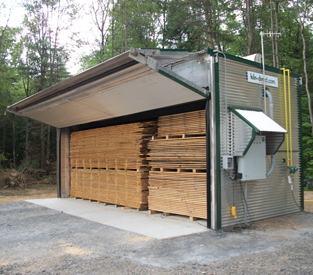Our Mission Statement
As a responsible partner TP delivers to clients, employees and the industries we serve the confidence to drive value through the effective use of our diverse professional team.
As a responsible partner TP delivers to clients, employees and the industries we serve the confidence to drive value through the effective use of our diverse professional team.
Interesting Facts about the actor Jimmy Stewart
Jimmy graduated from Princeton with a degree in Architecture.
Stewart was six foot, three inches and a trim 138 pounds—five pounds under the minimum weight for enlistment. So he went home, ate everything he could, and came back to weigh in again. It worked, and Stewart joined the Army Air Corps, later known as the Air Force.
Stewart was already a pilot when he went to war; he received additional flight training but wound up being sidelined for two years stateside even though he kept insisting he be sent overseas to fight.
He participated in more than 20 combat missions over Germany. His accomplishments earned him the Distinguished Flying Cross with two Oak Leaf clusters, among other honors, making him the most decorated actor to participate in the conflict.
Jimmy Stewart retired from the military reserve in 1968 with the rank of Brigadier General.

Heat Treating of Lumber by Non-traditional Dry Kilns, Heat Chambers or Means
On February 12th ALSC sent a letter to all agencies stating the following.
ALSC has been encountering many different variations of heat treating of lumber recently, including the heat treating of up to 12x12 timbers in heat chambers designed for pallets. ALSC staff feels a memo that presents ALSC’s expectations for non-traditional heat treating of lumber is necessary. This release is not meant for traditional lumber drying and heat-treating methods.
Non-traditional heat treating of lumber would be defined by one or more of the following heat treatment conditions:
• The use of heat chambers which are designed for pallets to heat treat lumber.
• Dead packaged lumber.
• Lumber that is not stickered every layer.
• Lumber placed in a chamber where the stickering of the lumber runs perpendicular to the normal airflow in the chamber.
Lumber being heat treated has been observed having heat treatment temperatures monitored with surrogate blocks. Surrogate blocks are permitted when nails or doubled up boards make placing adequately probes in the material problematic. ALSC sees no reason that the thermocouples should be placed in surrogate blocks when the lumber being heat treated does not contain nails or is thick enough to adequately measure internal temperatures of the lumber. Probes shall be placed in the ends of units as close to the center of the units and at a depth equal to at least ½ the thickness of the material being heat treated.
Thermocouples must always be placed appropriately in the thickest material being heat treated per charge. Charge reports must document what is being treated per charge. When a surrogate block needs to be used to measure heat treat temperatures in lumber, the block must be placed in a location to adequately measure the conditions of the lumber being heat treated. The blocks shall not be placed on top of units or in pallets to represent the heat treating of the lumber. Mixed loads can use surrogate blocks to measure wood in WPM, but at least one probe must be in the lumber being heat treated in a location to adequately represent the most difficult to heat treat area of the lumber being heat treated.
When lumber is placed in a way where air flow would not freely run through the units of lumber, thermocouples must be placed in the center of the units of lumber being heat treated. ALSC observation of lumber being heat treated in this manner has shown the units heat-treated in this manner behave very much like dead-packaged lumber.
Agencies can conduct verification studies of non-traditional heat treating to equate temperature conditions with placement of the probes. These verification studies shall be available for ALSC review when they are in place at a mill or facility.
If there any questions regarding this, please contact your inspector or our office.